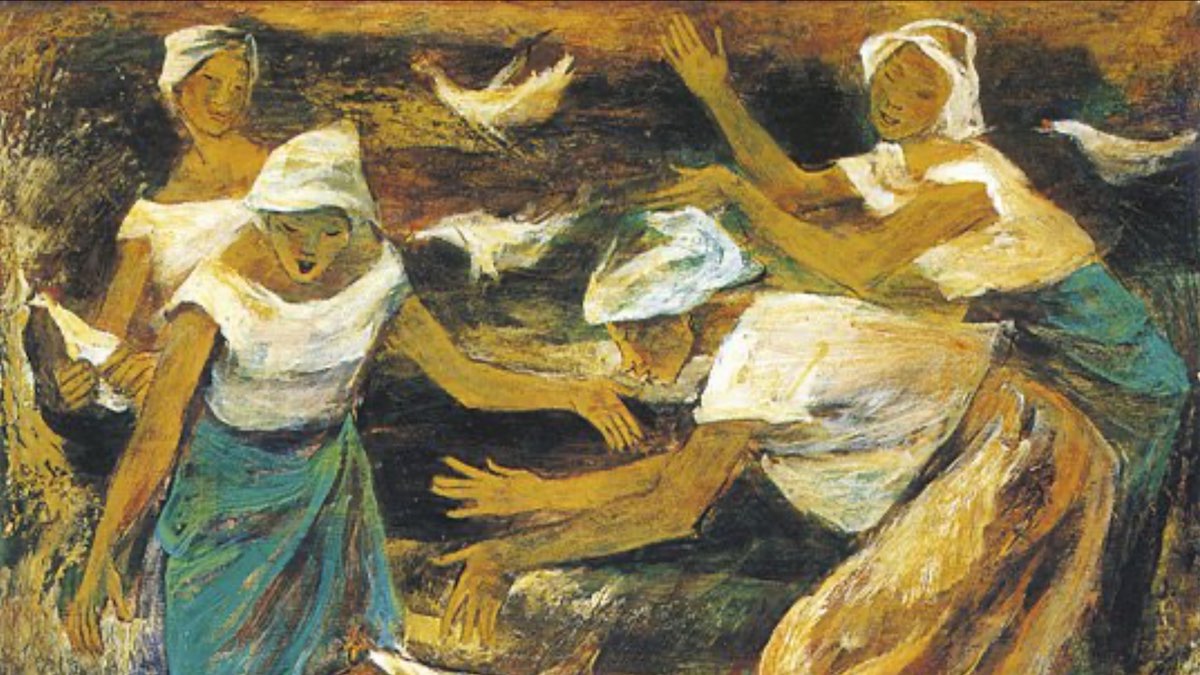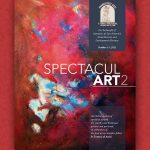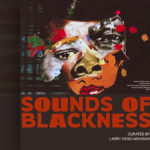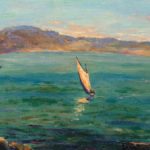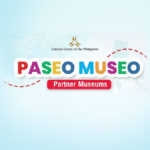As the ‘ilaw ng tahanan’, mothers and nurturers are the heart and foundation of Filipino families. Maternal love is seen in the deep commitment to nurturing, protecting, and guiding another life.
This Mother’s Day, we celebrate the strength, grace, and quiet resilience of mothers and women through the vibrant world of Philippine visual arts.
From the CCP Encyclopedia of Philippine Arts (CCP EPA), here are some Filipino artworks that immortalized on canvas the importance of women as a mother figure:
CHILDBIRTH
Childbirth by visual artist Romeo Tabuena is an unusual genre of work that captures the folk quality in situation and settings. The painting centers on the mythological being of the underworld, and a woman in the agony of parturition. As the woman felt the tension to release the baby in her womb, her heaving stomach was massaged by a manghihilot (midwife) while surrounded by an aswang (a mythological creature in Philippine folklore) waiting for the newborn baby.
To accentuate the emotional intensity and glimmer movement over the work’s surface, the artist used dramatic lighting. The artwork showcases the artist’s frontal figurative skills.
TATLONG BUDDHANG INA
Agnes Arellano’s Tatlong Buddhang Ina of Agnes Arellano portrays a deity of roads from Yoruba religion.
Exhibited at the 6th Havana Biennale in 1997, accompanied by her work Eshu, the painting features deities Dea, Vesta, and Lola; each representing stages of motherhood.
Dea reflects Arellano’s struggles in giving birth through caesarean, her transition into motherhood, and as a stepmother. She comes to be molting an old version of herself, equipped with wings and four pairs of breasts.
Carrying a large lizard as an emblem of fertility, Vesta provides milk and honey as nourishment, symbolizing breastfeeding. Freed from reproductive and sexual responsibilities through aging, Lola gains a love lost through intellectual fulfillment by turning inward.
BROWN MADONNA
Galo Ocampo’s Brown Madonna is a pre-war modernist work departing from a traditional colonial iconography and giving a Caucasian cast to the figures.
Set in a background of rural scene with thatched hut, tropical bamboo, and evocative mountains of rice terraces, the painting represents rural Filipino through the baro’t saya and tapis of Mary, along with brown complexion and features.
Ocampo’s modernist style is shown by his use of bright colors, flat decorative effects, spatial recession as depth, and the absence of linear perspective.
Ocampo’s work came from the idea of Paul Gauguin’s 1891 Tahitian work La Orana Maria, which had themes of nationalism and indigenization.
CHICKENS
Modernist pioneer Anita Magsaysay-Ho’s Chickens is part of a series depicting women harvesting fruits and grains, and vending fish in the market. Created in the late 1960s, it emphasized movement and busy interactions by using bold and dynamic brushstrokes, strong contrast of shadows, and lights. Magsaysay-Ho’s style presents the simplification of forms into basic geometric shapes, like bandanas as triangles and rectangles for skirts.
Though her composition is closed and spherical, there is a function among the figures with chickens waving, flying, cackling, and rustling feathers caused by the women chasing them. Their bodies twist and turn in contrast. For the painting’s vibrancy, the textured surface treatment was achieved by sharp hatching and cross-hatching brushes on the hardboard.
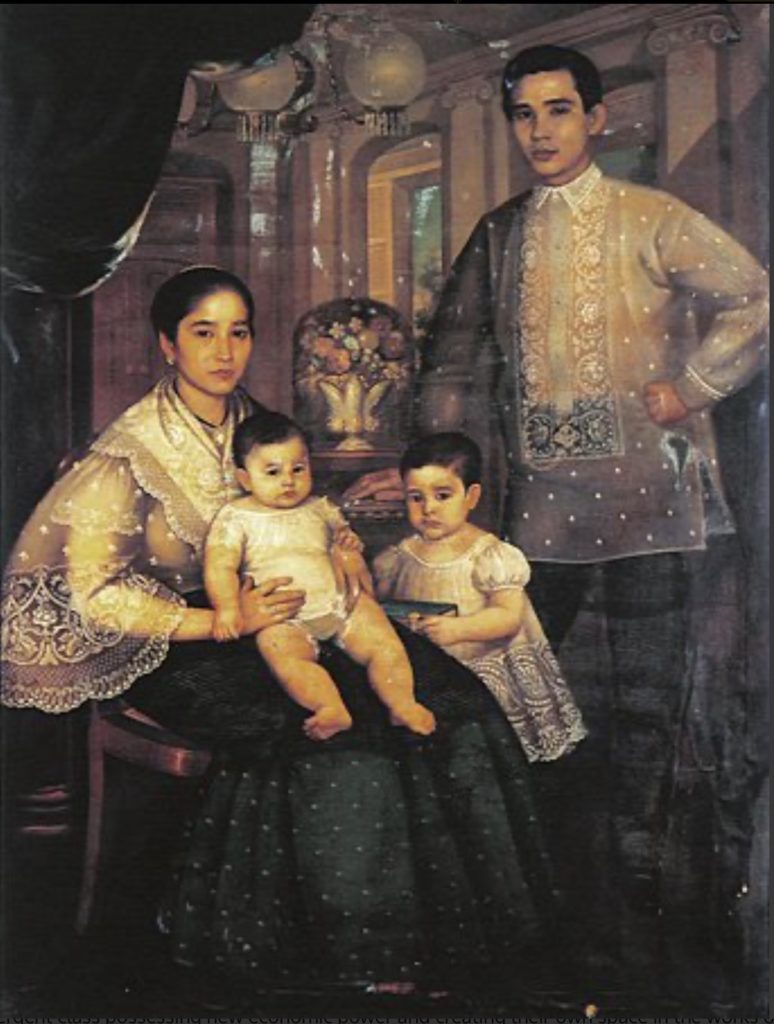
THE QUIASON FAMILY 1880
In this group portrait of an ilustrado in the 19th century, artist Simon Flores depicted a family that consists of two children, a father with dark-toned trousers and a mother wearing a dark skirt, which contradict their light colored upper clothing. The mother and her children have formal, unsmiling expressions that convey a high moral tone as models to be emulated.
Painted in full figure, the artist meticulously catches all details of embroidery, textures of their outfits, and their accessories in a miniaturist way. Also present in the portrait is a vase of flowers that symbolize beauty and abundance. The round chandeliers and open doors give an impression of a stylish interior, and the curtains on the left side and an elegant column at the right well match the composition.
CCP EPA: A precious cultural legacy
The CCP EPA is the most comprehensive resource on anything and everything artistic and cultural. With its latest edition, the CCP EPA has over 5,000 articles in its 12 volumes. Meanwhile, its digital edition (CCP EPAD) holds over 5,000 articles and hundreds of video excerpts from dances and musical performances from the CCP archives.
For more information on CCP EPAD, visit epa.culturalcenter.gov.ph/encylopedia. Subscriptions are priced at Php75 per month, or Php675 per year. Email epa@culturalcenter.gov.ph to purchase a copy of the CCP EPA print edition and/or USB digital edition.
Click here for more stories like Maternal Love. You may also follow and subscribe to our social media accounts: Facebook, YouTube, Instagram, TikTok, Twitter, and Kumu.


